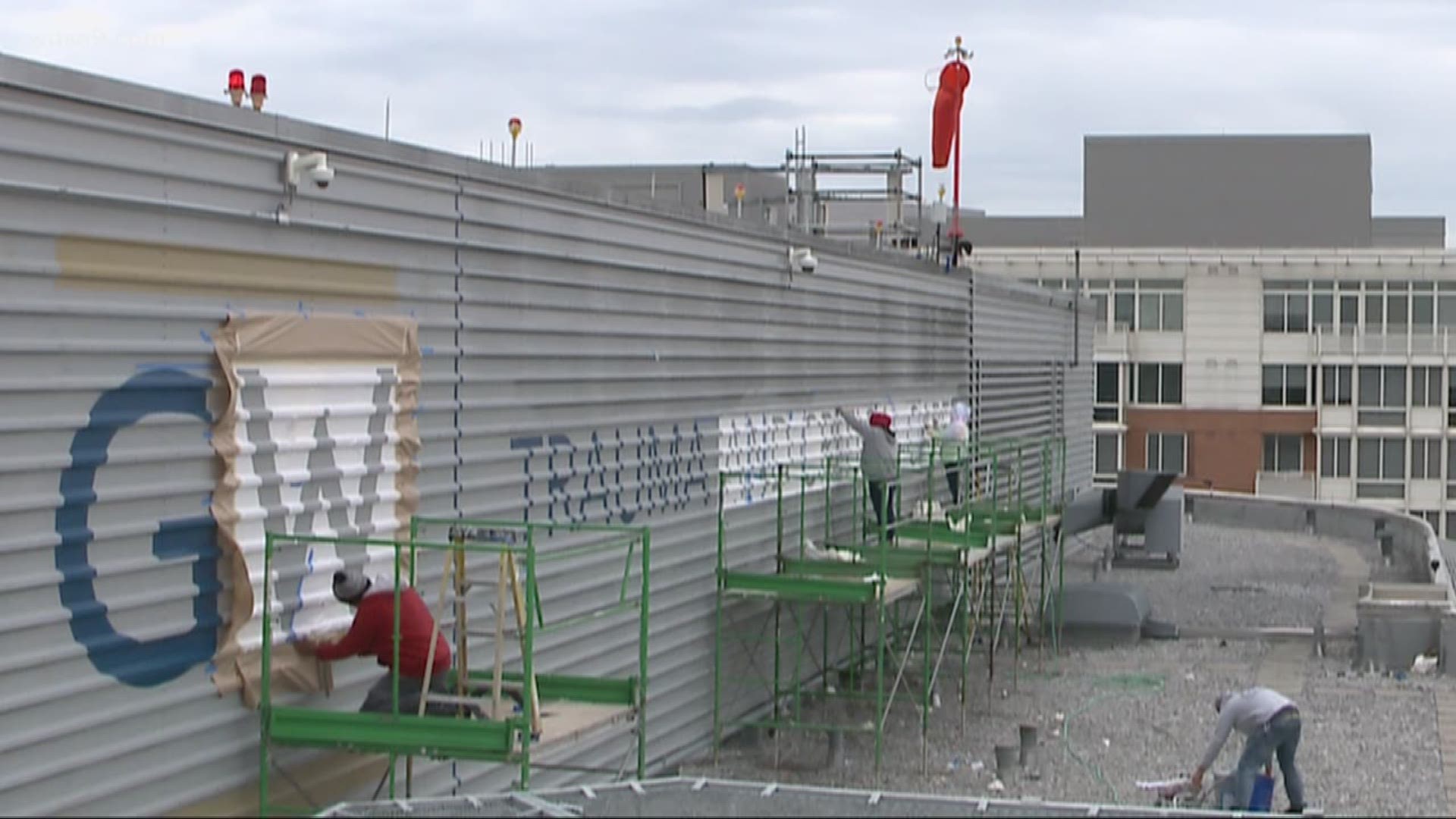WASHINGTON D.C., DC — When minutes make the difference, airlifting trauma patients can mean the difference between life and death, especially in mass casualty situations.
Dr. Babak Sarani, the Chief of Trauma and Critical Care at the George Washington University Hospital, said Friday's ribbon cutting ceremony for the hospital's new helipad marks a momentous and historic day.
"This helipad has always been about surge capacity and our ability for us to respond in a mass event- God forbid- should that day come," Sarani said.
Sarani said the 2013 Navy Yard shooting, in which 12 people were shot and three were injured, highlighted how important it was to have airlift capacity at the hospital.
"If the Navy Yard [shooting] had resulted in multiple critical injuries, we would have been in dire straits as a city," Sarani said.
The congressional baseball game shooting in 2017 was another example of how Sarani's trauma unit was ready to help, but couldn’t, because only one hospital in the District could receive a chopper: MedStar Washington Hospital Center.
"It is frustrating when you sit here and say, 'I have the capacity to help, but I just can’t,'" Sarani said.
The helipad required federal approval to build, given its location inside presidential airspace. It also needed approval from the D.C. City Council.
Marina Streznewski is President of the Foggy Bottom Association, and her bedroom happens to be directly underneath the path of the helicopter blades. Streznewski said the pad was controversial in the densely populated neighborhood, because people were concerned about the extra noise from chopper traffic. Streznewski said after years of back and forth with the hospital she thinks the sound levels can be managed.
"It’s probably going to wake me up, but having air ambulance access saves lives and that’s the most important thing," Streznewski said. "If I have to go without a few minutes of sleep, that’s an easy calculation to make for me."
Sarani said most flights will take place during the day. The hospital conducted noise tests in the neighborhood and plans to make sure helicopters take the quietest routes. The hospital also built a mobile trauma unit in order to improve its response time on the road.
"We’ll lean on that as much as we can to minimize the number of flights," Sarani said. "We promised the neighborhood we would let them know if we have a flight at nighttime, and why that flight occurred so they can hold us accountable and we can be transparent."
The official helipad ribbon cutting is set to take place Friday morning.

